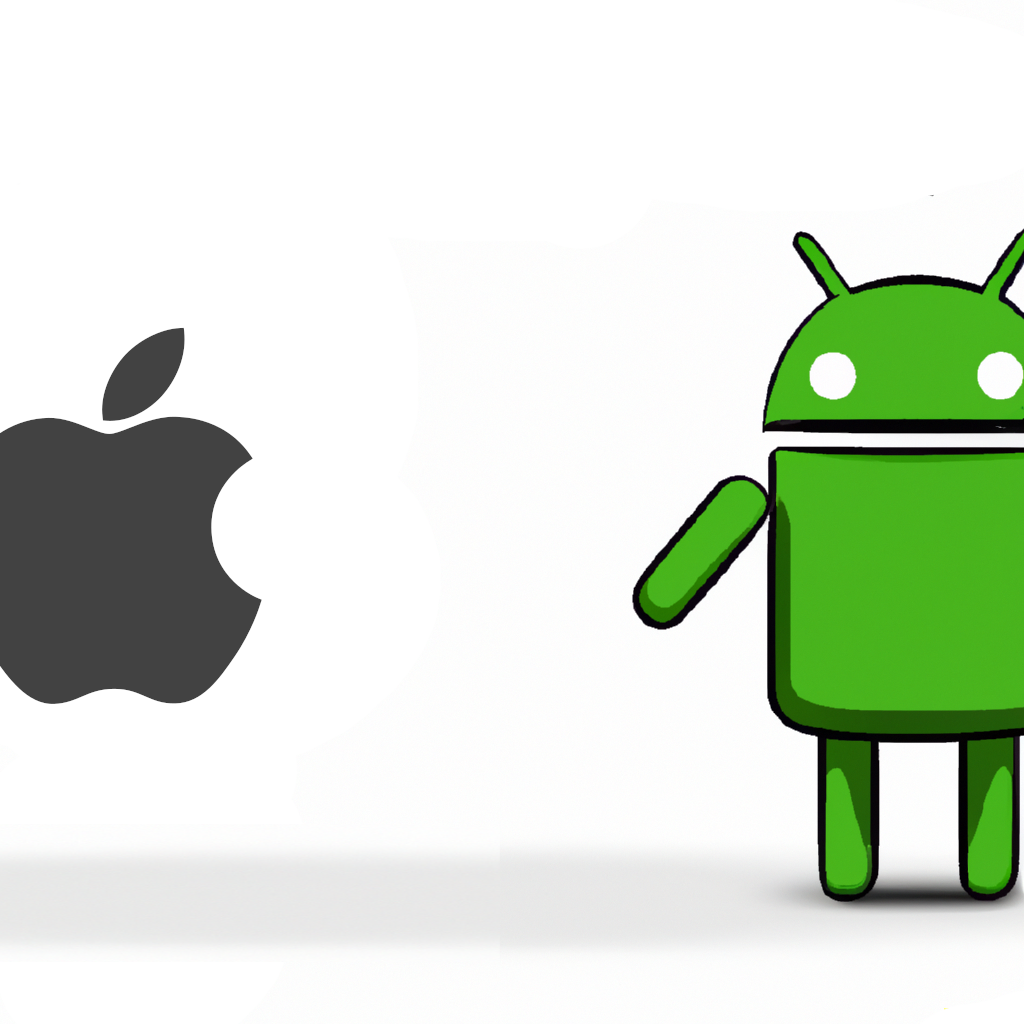While developing an app from scratch is a very exciting endeavor, it is also quite complex, and you don’t want to end up in the situation where you’ve developed something and you aren’t able to market it because your chosen platform has less users interested in that specific category of applications. In this article, we’ll help you understand the key demographics (in 2023!) that will help you decide if you want to build on Android or iOs .

Android vs iOs – the numbers in 2023
As of Q1 2023, the overall spread between iOs and android is roughly 67.5% of users on Android and 31.6% of users on iOs. The rest of the OSs rougly account for 1%:
https://gs.statcounter.com/os-market-share/mobile/worldwide
So, easy choice, right, you develop your app for Android, since it has the biggest market share and a slew of useful tutorials to help you develop on this platform exist (like this blog right here, wink wink…)?
It actually isn’t that simple, and depending on your app, it might still be interesting to start by developing it on iOs.
The metrics by country
Globally, Android appears to dominate unequivocally. Locally, it’s another story. In Europe, the difference is less important, with roughly 61.8% of users on Android and 37.7% of the users on iPhone.
In North America, Japan and the UK, there is however a wholly different paradigm:

Picking Android as the development environment for your app might thus not be optimal if you’re targeting the general US audience.
However, that’s not all the considerations that need to be taken into account before launching your app.
The metrics by age
If you’re targeting a specific audience, it is also important to understand the age spread when it comes to platforms :
When examining the demographics of iPhone versus Android use in the United States, certain patterns emerge. A 2019 survey by Mercator Advisory Group found the following results:
Among 18-34-year-olds, Apple iPhones hold a dominant position, with 58% of individuals in this age group using iPhones .However, the landscape changes for 35-54-year-olds, where 56% prefer Android while only 38% opt for iPhones. Moreover, among individuals aged 55 and above, Android takes the lead with 47% utilizing Android devices, while iPhone usage stands at 28%. These demographic variations indicate that the choice between iPhone and Android may depend on the target age group when developing an app or considering marketing strategies.
If your app is geared towards a specific country, it’d be best to search for recent metrics for this country.
Other factors to account for
Navigating the statistics is a rabbit hole you can easily fall into for there are many other factors that come into play such as income level, gender distribution, education level and so on.
Finding reliable sources for each of these metrics can be a pain in the neck, so it’d be best to start by getting a rough idea of what’s the profile of your target audience before you build your app.
Furthermore, there are other key demographics to look out for such as the likelihood to make in app purchases, the number of apps…
Accept, however, that there will always be some level of uncertainty to these metrics, and that your app might not find the target audience it was initially geared towards. That’s why it’s important that you learn to adapt to your audience, and that you develop your product so that it is easily portable to another development OS.

Leave a comment